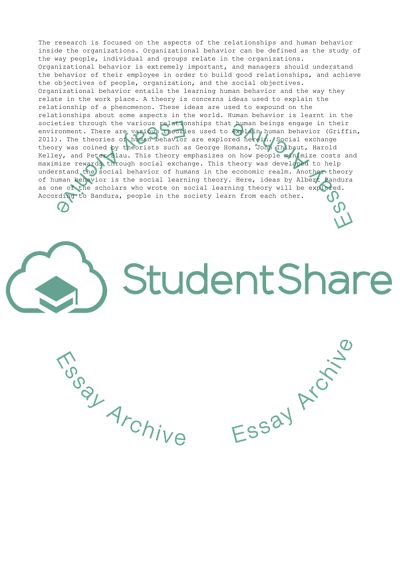Cite this document
(“Organisational behaviour Essay Example | Topics and Well Written Essays - 1500 words - 1”, n.d.)
Retrieved from https://studentshare.org/management/1584855-organisational-behaviour
Retrieved from https://studentshare.org/management/1584855-organisational-behaviour
(Organisational Behaviour Essay Example | Topics and Well Written Essays - 1500 Words - 1)
https://studentshare.org/management/1584855-organisational-behaviour.
https://studentshare.org/management/1584855-organisational-behaviour.
“Organisational Behaviour Essay Example | Topics and Well Written Essays - 1500 Words - 1”, n.d. https://studentshare.org/management/1584855-organisational-behaviour.


